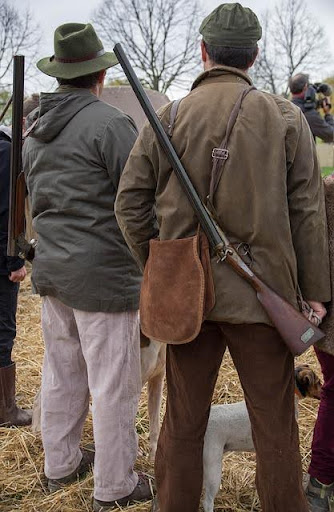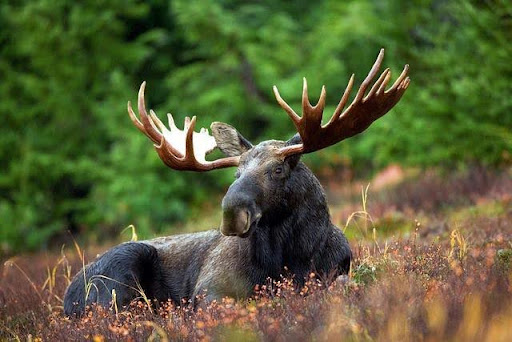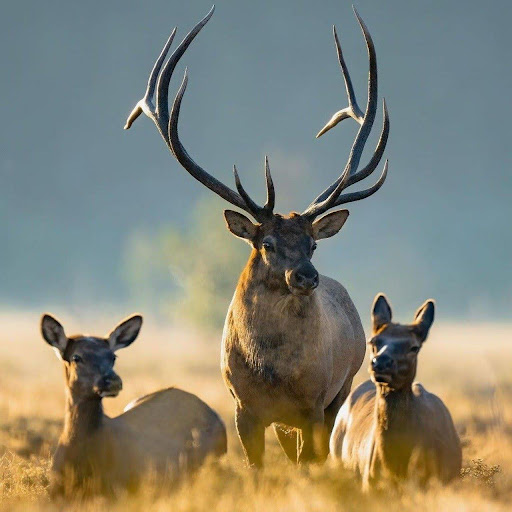Elk hunting can be daunting for newbies, and success seldom comes at the first attempt.
Despite being one of North America’s most significant and widespread prey, elk are considerably wary and skittish. One rookie maneuver is all it takes for these gentle giants to slip out of target.
Elk also prefer unfriendly habitats consisting mostly of steep slopes and dense forests. Coupled with their heightened senses and remarkable situational awareness, proper research is critical to spot and take down this prey successfully.
However, elk are comparatively less challenging to hunt than smaller deer species. Their massive size not only makes them easier to make out from a vast hunting range. It also provides for a more accurate shot.
In this guide, let’s walk through the simple but effective strategies to deploy on your next elk hunt.
1. Identify a Hunting Ground
To have a successful elk hunt, the first tip is to plan with a destination in mind.
Elk may be one of North America’s most widespread prey. However, their concentration varies significantly depending on the habitat and season of the year.
Rocky Mountain National Park in Colorado boasts one of the most vibrant elk hunting grounds, hosting thousands of the state’s approximately 290,000 elk. If you prefer to hunt a little north, a trip to Yellowstone National Park in Montana and Wyoming might be worthwhile.
Other U.S. states with a vast elk population include Arizona, Nevada, California, Washington, and New Mexico.
2. Understand Elks Habitat
Knowing which national parks teem with elk isn’t enough. It’s also essential to understand the habitats where these prey mostly thrive.
Elk prefer wooded forests, particularly those located higher on the slopes. This provides enough forage while giving them a significant head-start against predators.
Besides steep slopes being challenging to navigate, they also feature numerous obstacles that can slow down any strong-willed predator.
However, like most ungulates, male elks (bulls) will gladly abandon their natural habitats in search of receptive males. That brings us to the next elk-hunting strategy.

3. Know the Rutting Months
The rutting season presents the perfect opportunity to hunt elk bulls.
Driven by high testosterone levels, elk bulls will venture into the open grasslands en masse to search for receptive cows. The ensuing mating battles only intensify the distraction, making the hunt all the more exciting.
Now, the ideal elk hunting time is at the peak of the rutting season, which lasts from around late October to early December.
4. Dress for the Expedition
Your dress code can significantly impact your elk hunting success.
First, establish the prevailing weather conditions in the selected hunting grounds and dress appropriately. Experts recommend breathable garments with thermoregulating properties. Besides being suitable for cooler and warmer weather, breathable outfits help mask your scent by soaking up your sweat.
You also want to prioritize ankle-low pants and sleeved tops, as these help to keep stingers at bay.
Color is another critical aspect of picking elk hunting clothing. Insist on earth-toned shades like green, brown, and gray.
Earth-toned colors offer perfect camouflage. They also mask dirt remarkably well, making them easy to wash and maintain.
Don’t forget the boots. The best elk hunting boots should fit snugly around your ankle, heel, and instep. If you’re going on your maiden hunting trip, purchase the boots early enough and break them in before the expedition.
5. Strap Yourself Accordingly
Bows and rifles are the go-to elk hunting weaponry. However, each option has its strengths and weaknesses.
Rifles are excellent for long-range shots. They let you take down prey with a single hit, provided that you aim at the vitals.
Rifles are also less physically demanding. You don’t have to be muscularly strong or worry about wind dynamics. Simply take an accurate aim and pull the trigger.
But bow hunting might suit you better if you prefer to hone your archery skills. Arrows shot from bows are also quieter than rounds from rifles. As such, you can have a second shot at your target without spooking the rest of the herd.
6. Mask Your Scent Further
Choosing moisture-wicking clothing isn’t the only strategy for masking your scent while elk hunting.
Note that elk’s sense of smell is up to 1,000, superior to humans. So, a subtle mishap is all it takes to blow your cover.
One way to mask your scent further is to take a proper bath before going on an elk trip. However, do not apply deodorants.
Don’t smoke or drink alcohol right before or during an elk hunt, either. You could also invest in special odor eliminators from your local hunting supply store.
More importantly, hunt downwind.
7. Hit the Woods at Dawn or Dusk
Elk are primarily active during dawn and dusk. Therefore, it’s best to schedule your hunt around these hours.
However, elk bulls may remain active most of the day during the rutting season. That’s because they spend part of their time seeking receptive cows and part foraging.

If you prefer to go on an elk hunt at night, arm yourself with night vision aids.
Not only are elk super wary of their surroundings, but they also have better vision than us.
Summary
Elk hunting may prove challenging for first timers. But with in-depth research and constant practice, you can quickly become adept at nailing one of North America’s largest prey animals.
Hopefully, you can implement the above pointers to get a head start on your next elk hunting trip.



